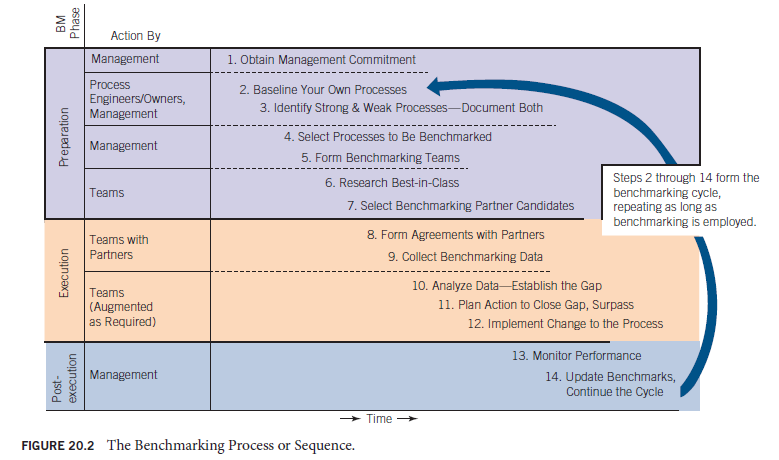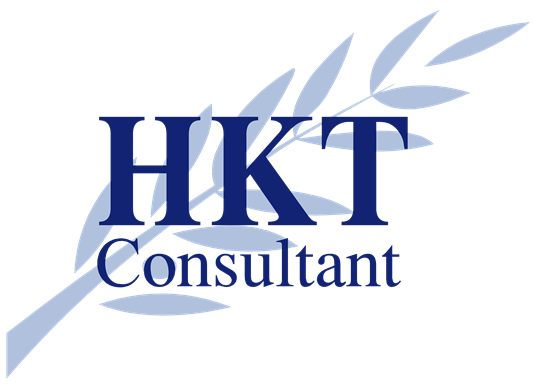At the conclusion of the benchmarking project with your partner, data analysis will have produced both quantitative and qualitative information. The quantitative information is effectively the “stake driven into the ground” as the point from which future progress is measured. It is also used as the basis for improvement objectives. Qualitative information covers such matters as personnel policies, training, management styles and hierarchy, total quality maturity, and so on. This information provides insights on how the benchmarking partner got to be best-in-class.
The quantitative data are clearly the information sought and are always used. However, there may be more value in the qualitative information. It describes the atmosphere and environment in which best-in-class can be developed and sustained. Do not ignore it. Take it very seriously. Study it, discuss it in staff meetings, and explore the possibilities of introducing these changes into your culture.

Source: Goetsch David L., Davis Stanley B. (2016), Quality Management for organizational excellence introduction to total Quality, Pearson; 8th edition.

You are my intake, I own few web logs and sometimes run out from to brand.